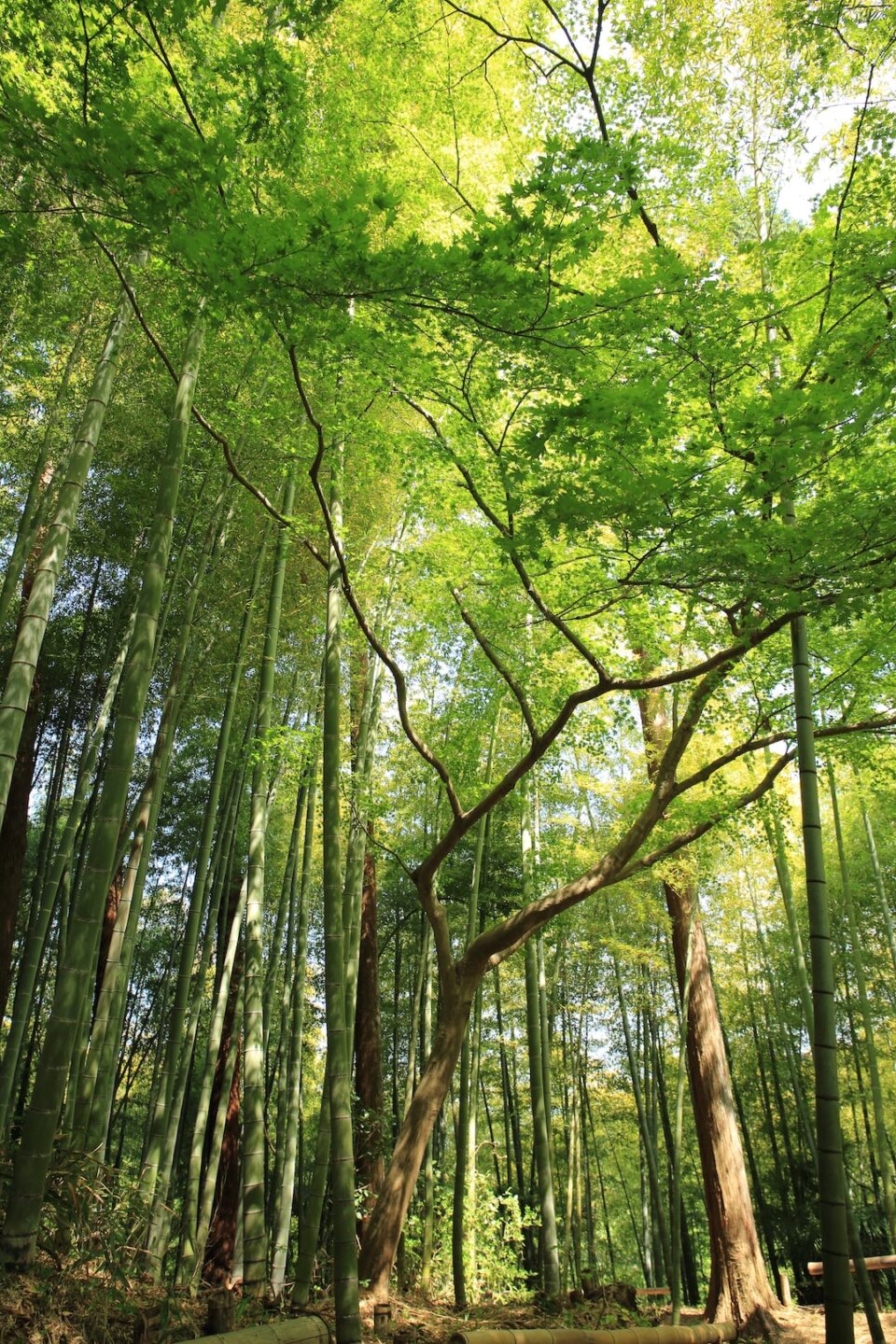Outdoor Photography Tips: Capturing Nature’s Beauty
There is something magical about nature and capturing its beauty through photography. Whether you are a professional photographer or an amateur enthusiast, taking pictures of the great outdoors can be extremely rewarding. However, it can also be a challenging task to do justice to the captivating landscapes and creatures that nature has to offer. To help you make the most out of your outdoor photography adventures, here are some valuable tips to keep in mind.
1. Be Prepared
The first and foremost piece of advice is to always be prepared. Nature is unpredictable, so make sure you have the essential gear with you. Carry extra batteries, memory cards, and a protective bag for your camera. Additionally, pack a tripod to stabilize your shots, a lens cloth for cleaning purposes, and a waterproof cover for unexpected rain. Being prepared will ensure that you don’t miss out on any great photo opportunities.
2. Study the Light
Light can make or break a photograph, and in outdoor photography, it is even more crucial. Pay attention to the different qualities of light during different times of the day. The golden hour, which is the hour just after sunrise or before sunset, provides soft and warm light that enhances the natural beauty of landscapes. Avoid harsh midday light as it can create unflattering shadows. Understanding and utilizing light can greatly enhance the overall aesthetic appeal of your photographs.
3. Compose with Depth
To create impactful outdoor photographs, focus on composition. Consider using the rule of thirds, which divides your frame into nine equal parts with horizontal and vertical lines. Position your main subject along these lines or at the points where they intersect. This can create a more balanced and visually appealing composition. Additionally, try to include elements that add depth to your photographs, such as leading lines or foreground interest. These elements draw the viewer’s eye into the image, making for a more engaging experience.
4. Capture Movement
Nature is always in motion, and capturing that movement through photography can add a dynamic touch to your images. Experiment with slower shutter speeds to blur the movement of waterfalls, rivers, or grass swaying in the wind. Use a fast shutter speed to freeze the movement of wildlife, birds, or waves crashing against rocks. This technique not only adds visual interest but also conveys a sense of the energy and vitality in nature.
5. Pay Attention to the Details
While capturing expansive landscapes is often the goal of outdoor photography, don’t forget to pay attention to the smaller details as well. Look for intricate patterns, textures, and colors in nature. Observe the delicate petals of a flower, the intricate patterns on a butterfly’s wings, or the natural formations in a rock. By focusing on these details, you can reveal the hidden beauty found in every aspect of the natural world.
6. Patience is Key
Outdoor photography requires patience, as capturing the perfect shot often requires waiting for the right moment. Whether it’s waiting for the sun to break through the clouds, an animal to make its appearance, or the wind to die down for a better reflection, patience is crucial. Be prepared to spend time in nature, observing and waiting for those magical moments that will result in breathtaking photographs.
7. Experiment and Have Fun
Finally, don’t be afraid to experiment and have fun with your outdoor photography endeavors. Try different angles, perspectives, and techniques. Play around with exposure settings, aperture, and focal length to discover your own style and the unique artistic expression that resonates with you. Nature is a vast canvas to explore, so embrace your creativity and enjoy every moment behind the camera.
In conclusion, outdoor photography is an art form that allows us to capture and celebrate the beauty of nature. By being prepared, understanding and utilizing light, composing with depth, capturing movement, paying attention to details, being patient, and experimenting, you can take your outdoor photography skills to the next level. So grab your camera, head outdoors, and let nature’s breathtaking beauty inspire you to capture moments that will last a lifetime.

